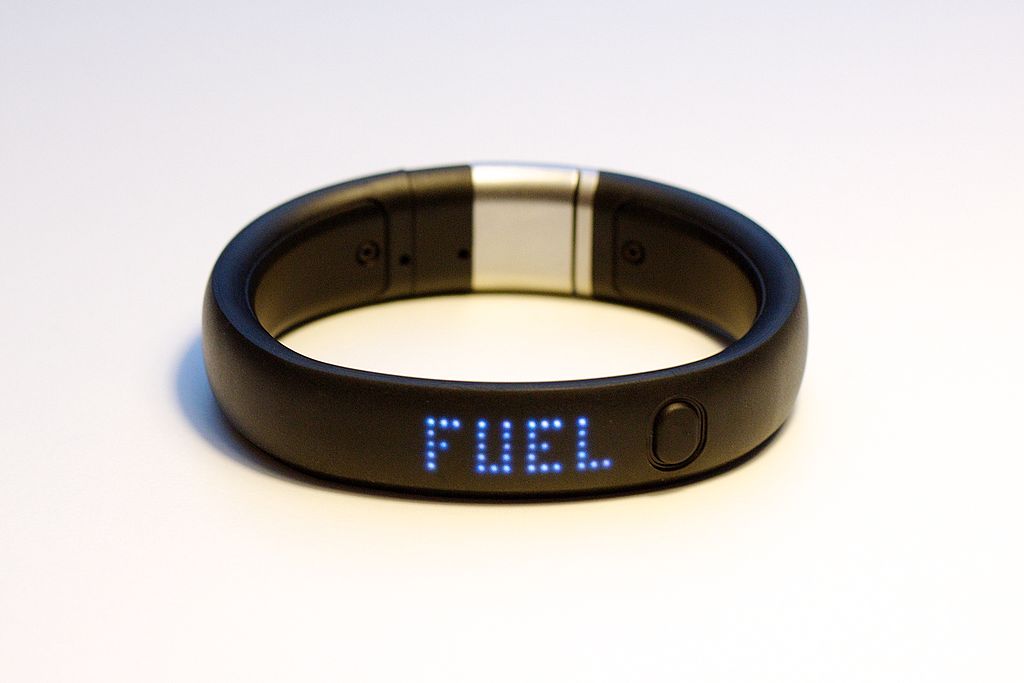The rise of wearable fitness technology is making it easier and more fun for athletes to track and meet their fitness goals. While the health benefits of exercise are well known, it is reasonable to assume that these technologies are also helping to drive increased sports participation. In 2012 the number of US half-marathon finishers increased by 15%, reaching a record number of runners.
Although still in its early stages, the integration of wellness technology into wearable devices is a promising and emerging trend that will lead to the launch of new accessories and will be instrumental to growth in the athletic industry. IMS Research estimates that the wearable technology market will reach USD 6 billion by 2016, with strong growth coming from consumers seeking more data on their personal health and fitness.
As athletes exercise, wearable technologies, such as “smart” watches or fitness bands can track speed, distance, calories burned and monitor heart rate in order to help improve their workouts. Essentially, these devices allow users to track their progress in real-time and provide a simple integrated approach to collect fitness data. Some products even transmit the data to a third party for real-time analysis and feedback. In addition to the benefits for consumers, coaches at all levels can use the data to develop improved or personalized workouts for their athletes.
The impact and possible applications for these technologies are broad-based and just beginning to be explored. For instance, in the 2012 Major League Soccer All-star game, players were fitted with the Adidas miCoach Elite system and television viewers were allowed to see players’ real-time fitness levels. For athletic companies, fitness tracking technologies are another way to interact with consumers, ultimately leading to better utilization of products and building customer loyalty.
“With the rising popularity of athletic activities such as running, wearable technologies will benefit as a growing number of people seek to track their progress towards reaching their fitness goals”
Wearable technology is not a new concept, but it enters 2014 with strong momentum. It was a major feature at this year’s Consumer Electronics Show. The timing for wearable devices seems appropriate as smartphone penetration has increased rapidly over the years, along with the growing availability of WiFi. Recent watches or bands have more stylish options and better battery life. In 2006 Nike launched the Nike+ partnership with Apple that uses a footwear sensor to collect data on an iPod or smartphone. It has further enhanced its offering with the Nike Fuelband. Adidas launched the miCoach platform in 2010 and expanded the lineup with a Smart Run watch last year. Recently, UnderArmour acquired a digital fitness tracking website called MapMyFitness, which has a user base of 20 million, for USD 150 million.



